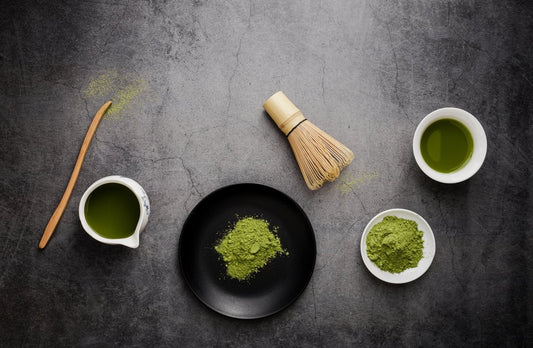Pu-erh tea is a type of tea that has been gaining popularity in recent years, not just among tea lovers but also among those who are interested in the health benefits of tea. However, with its unique flavour, aroma, and production process, pu-erh tea may seem daunting and mysterious to many. In this guide, we will unlock the mysteries of pu-erh tea and explore its fascinating history, health benefits, and brewing techniques.
History and Types of Pu-erh Tea:
Pu-erh tea originated in the Yunnan Province of China and has been consumed for centuries for its medicinal properties. It is classified into two main types – raw (sheng) and ripe (shou) – based on their processing methods. Raw pu-erh tea is made from young, fresh leaves that are sun-dried and then aged for several years to develop its flavour and aroma. Ripe pu-erh tea, also known as fermented or cooked pu-erh tea, is made from more mature leaves that go through a wet fermentation process. This results in a darker, earthier flavour and a smooth texture.
Health Benefits of Pu-erh Tea:
Pu-erh tea is known for its numerous health benefits, including aiding in digestion, reducing cholesterol levels, and promoting weight loss. Its high antioxidant content also helps protect the body against free radicals and oxidative stress. The caffeine content in pu-erh tea can also boost energy levels and improve mental alertness.
Brewing Techniques:
Brewing pu-erh tea requires careful attention to temperature, timing, and water quality. The recommended brewing temperature for raw pu-erh tea is around 180°F to 195°F, while ripe pu-erh tea can be brewed at a slightly higher temperature of around 200°F. It’s also important to rinse the tea leaves with hot water before brewing to remove any impurities and open up the flavour. Pu-erh tea can be brewed multiple times, with each steeping resulting in a different flavour profile.
Storage and Aging:
Pu-erh tea is unique in the world of tea because it improves with age. Proper storage and aging can result in a richer, smoother, and more complex flavour. Pu-erh tea should be stored in a cool, dry place, away from sunlight and strong odours. Aged pu-erh tea can be particularly valuable and prized by tea collectors and connoisseurs.
Pu-erh Tea Myths and Misconceptions:
Pu-erh tea is surrounded by numerous myths and misconceptions, including that it is a “miracle” weight-loss aid. While pu-erh tea has been shown to potentially aid in weight loss, it is not a magic solution for weight loss. Other myths include that all pu-erh tea is expensive and that it can only be brewed in traditional Chinese teapots. In reality, there are many affordable and accessible options for pu-erh tea, and it can be brewed in a variety of ways.
Pu-erh tea may seem mysterious and complex at first glance, but with the right knowledge and techniques, it can be truly rewarding to explore its unique flavour, aroma, and health benefits. Whether you are a seasoned tea enthusiast or a beginner, pu-erh tea is definitely worth trying. Start by selecting a high-quality pu-erh tea, following the recommended brewing techniques, and experimenting with different steepings. Who knows – you may just discover your new favourite tea.




